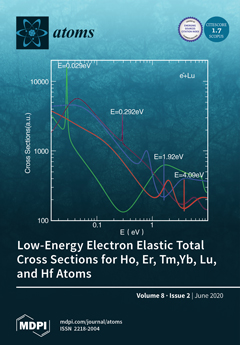Open AccessReview
Laboratory Courses on Laser Spectroscopy and Atom Trapping
by
Hermina C. Beica, Shoshana Winter, Carson Mok, Brynle Barrett, Rob Berthiaume, Andrejs Vorozcovs, Fadi Yachoua, Nima Afkhami-Jeddi, Monika Aggarwal, Gehrig Carlse, Alex Pouliot, Kevin B. Borsos, Thomas Vacheresse, Raanan Marants and A. Kumarakrishnan
Cited by 2 | Viewed by 4313
Abstract
We present an overview of experiments covered in two semester-length laboratory courses dedicated to laser spectroscopy and atom trapping. These courses constitute a powerful approach for teaching experimental physics in a manner that is both contemporary and capable of providing the background and
[...] Read more.
We present an overview of experiments covered in two semester-length laboratory courses dedicated to laser spectroscopy and atom trapping. These courses constitute a powerful approach for teaching experimental physics in a manner that is both contemporary and capable of providing the background and skills relevant to a variety of research laboratories. The courses are designed to be accessible for all undergraduate streams in physics and applied physics as well as incoming graduate students. In the introductory course, students carry out several experiments in atomic and laser physics. In a follow up course, students trap atoms in a magneto-optical trap and carry out preliminary investigations of the properties of laser cooled atoms based on the expertise acquired in the first course. We discuss details of experiments, impact, possible course formats, budgetary requirements, and challenges related to long-term maintenance.
Full article
►▼
Show Figures





